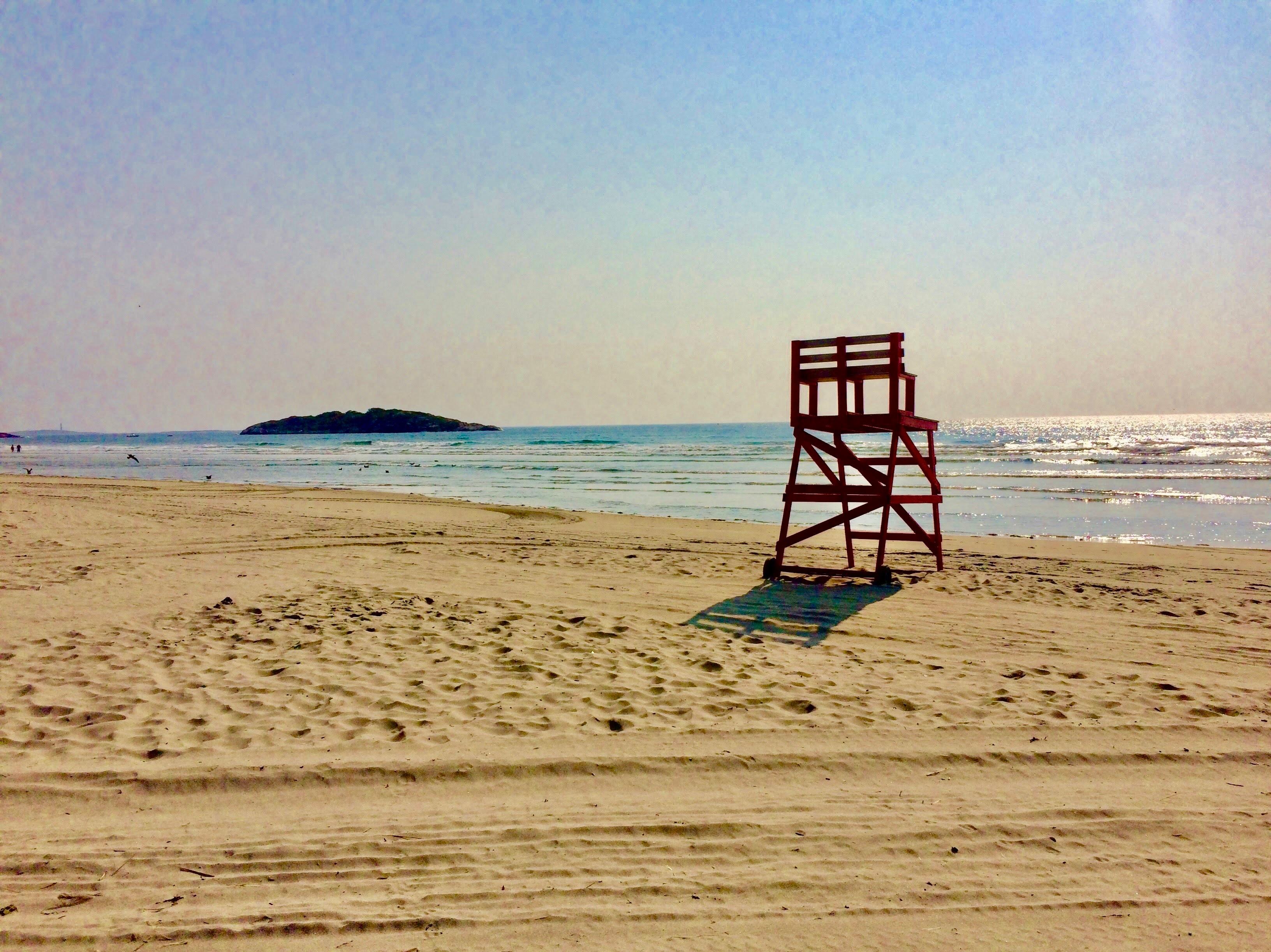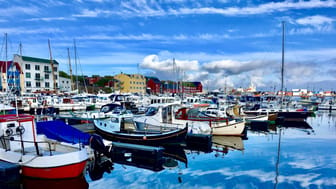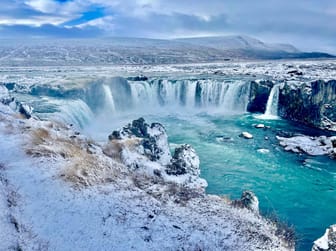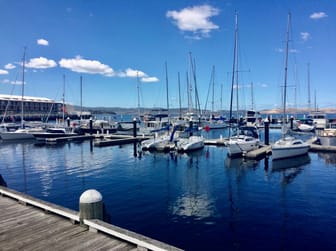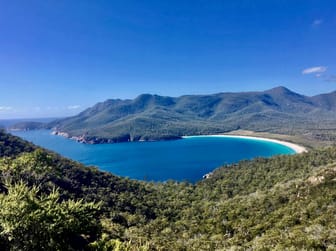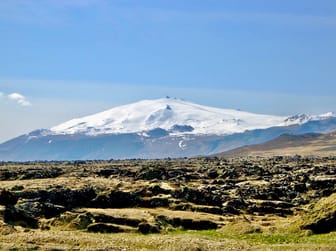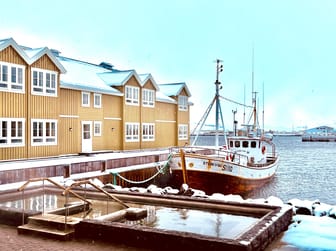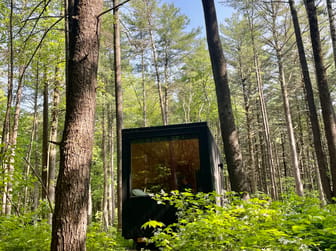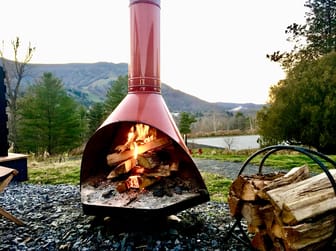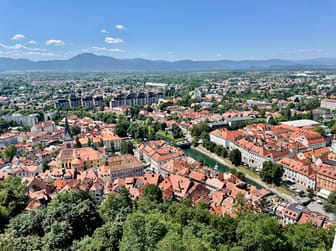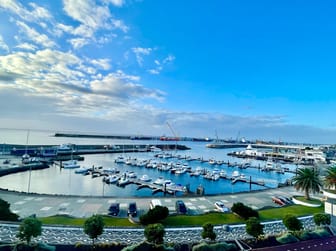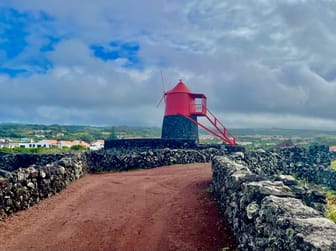Active volcanoes. Dancing northern lights. Gushing geysers. Massive glaciers. Thermal hot springs. Thundering waterfalls. Iceland is the ultimate adventure destination. How have you not been here yet? It’s finally time. Start in the northernmost capital in the world. Reykjavik is a hip, modern city. Then start exploring the wild coastline, the sheep-filled countryside, the icy interior, and the peaceful islands. There are plenty of black-sand beaches, small fishing villages, turf-roofed houses, and epic hikes along the way. Just remember to pack layers. Sometimes, the Gulf Stream provides moderate temperatures. Other times, it’ll feel like you’re in the Arctic. Also don’t forget the long, dark winters and the 24-hour daylight during the short summers. If you take advantage of Icelandair’s free stopover program—a great excuse to visit Helsinki, Copenhagen, and even Paris—you can keep returning to discover which season you like best.
This detailed guide includes:
Places: regions, cities, islands, peninsulas, towns, neighborhoods
Stay: hotels
Eat: bakeries, cafés, coffee shops, food carts & trucks, food halls, ice cream, Michelin stars, pizzerias, restaurants, soup
Drink: beer bars, breweries, cocktail bars, wine bars
Shop: beauty products, bookstores, Christmas stores, chocolate shops, clothing boutiques, flea markets, knitwear, outdoor wear, record stores, vintage clothing, wool products
Do: art museums, bays, beaches, bridges, caves, churches, concert venues, cultural centers, fjords, geothermal areas, geysers, harbors, hikes, history museums, horseback riding, hot springs, lagoons, lakes, lighthouses, memorials, mountains, national forests, national parks, natural wonders, nature reserves, parks, peace stones, ponds, roads, rock formations, rocks, rootless cones, scenic drives, sculptures, shipwrecks, sports venues, squares, streets, swimming pools, thermal baths, tunnels, valleys, viewpoints, volcanoes, walks, waterfalls
Transportation: airports, bus terminals, car rentals, ferries, parking lots, transfers
Note: I travel to Iceland frequently, so this guide is updated often.
